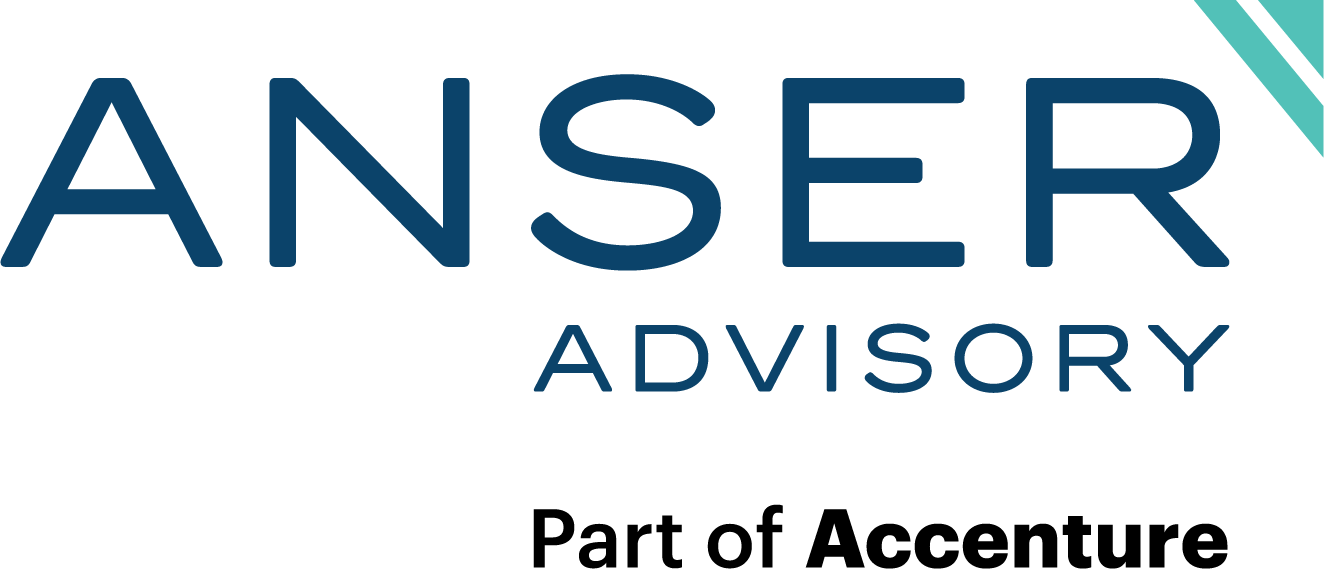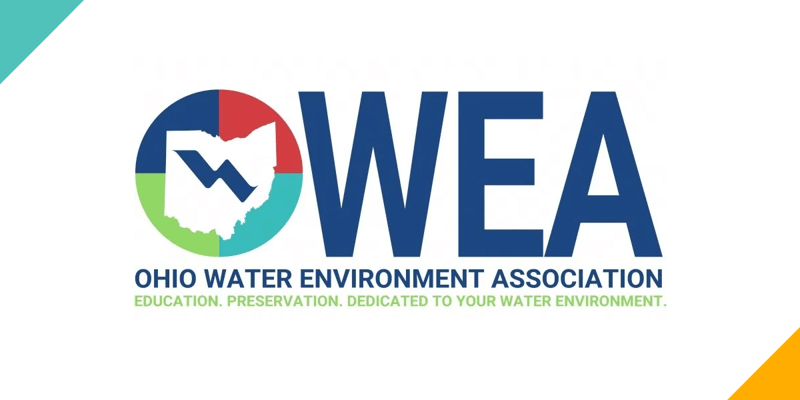Our own Tom Merritt weighs in on developing & retaining employees in his latest article for the Ohio Water Environment Association‘s Buckeye Bulletin! Check it out in the Buckeye Bulletin here on pages 32-35 or read more below to learn about how you can motivate and invest in your employees.
Developing & Retaining Employees
During my years as a public employee, I was driven by a commitment to serve the community. Early in my career, I was fortunate to have managers who placed their trust in me. They provided me with the responsibilities and opportunities to grow and gain confidence in assigned projects. I learned a lot about myself during my tenure in the public sector including what motivated me. I also learned as much as I could about how the organization operated, what challenges it faced and what actions drove success. During these observations, I saw a range of management styles, uncovering similarities in how the most successful leaders managed their teams. These included how they communicated with their employees, handled challenges and dealt with employees’ unique work styles, as well as their ability to create an environment in which employees strive to perform.
These managers also had something else in common. They led by example and did more than just talk about communication, empowerment and trust—they were known as leaders who “walked the talk.” Too often, leaders appear to embrace the theory, yet fall short when it comes to turning their talk into action. I once worked with a manager who wore a ball cap with the letters MBWA on the cap. He was proud to explain to everyone that MBWA was the acronym for “Management by Walking Around.” Ironically, the only time this person walked around his employees was when he was asking for a donation for something or berating us. Not very motivating, not too effective and most definitely not a great example of good management.
I had a much better experience with a manager who took time to speak with me, ask about my family, my job duties and challenges, and what he could do to help. Sincere and consistent communication by managers with their teams can go a long way in motivating employees to be more invested in the role they play in the organization’s success. Creating an environment where your employees feel valued and trusted will help you and your team identify and implement new ideas as well as solutions to challenges. Leaders who underestimate or ignore their employees’ desire to contribute are missing a huge opportunity to not only improve the overall success of their organization, but to also create an environment where employees can develop professionally, are empowered and more satisfied in their jobs.
Why the development and retention of employees is so important
Whether in the public or private sector, most leaders will agree that developing and retaining good employees is a top priority. Not only does high turnover impact the organization’s bottom line, but the lack of employee motivation and the failure to invest in knowledge transfer and leadership training can also seriously stunt success and future growth. The scarcity of qualified employees, a tight job market and the competition’s willingness to pay your employee more than your budget allows are also reasons why employee retention is so critical. The financial impact of turnover can be significant. An organization’s direct investment in each employee through training and experience is difficult to recover if that employee leaves.
In addition, there are side effects to turnover that can include lowered productivity and an increased workload for you, your team, your HR department and others within the organization. To combat turnover, insightful leaders have identified solutions like expanded training programs and employee surveys. By providing the tools for career path success, creating a work environment that rewards creativity and trust, giving employees a voice, and delivering a good work-life blend, these leaders are turning the tide on turnover. While the public sector leader may feel particularly challenged in identifying and implementing actions that are effective while still meeting the rules and requirements of their agency, there are some simple steps that a creative and thoughtful leader can take to be successful, no matter how structured the work environment. For example:
- Whether managing two employees, a team, a large department or an entire organization, recognize that each of your employees brings their individual strengths to the table.
- Engage with your employees, i.e. know them by name, talk with them, ask questions and say, “thank you.” A simple and effective way to get to know your team is to periodically share a brown bag lunch with them.
- Create an environment where you are accessible and willing to provide support, guidance and insight.
- Really listen to your employees and let them know that you hear them.
- Communicate your vision and where employees fit into that vision.
- Consistently recognize the value and contribution of your employees, personally and in public settings. Spotlighting achievements through programs like employee-of-the-month and in team meetings are two good examples.
- Provide opportunities for your employees to attend meetings to which they would not typically be invited.
- Create growth opportunities for employees which could include public speaking or presenting the results of a team project to other employees, teams, organizations, or at professional conferences. OWEA, for example, offers many great speaking opportunities.
- Empower your team to do the best thing for the customer.
The financial cost for these initiatives is minimal, but the pay-out in terms of employee satisfaction and motivation is immeasurable.
Additionally, employees respond well when they can see that their contributions in the workplace serve a greater purpose in the community or beyond. This presents a great opportunity for managers to ensure that their employees clearly understand the organization’s mission to serve the public and/or protect the environment. Improving the quality of life, creating a safer and healthier environment and providing more
efficient transportation operations are all great examples of honorable and genuine achievements. Most small and large businesses promote “giving back to the community” through volunteerism and events, enabling their employees to form a stronger sense of team and take pride in their efforts that benefit the communities where they live and work. By the sheer nature of the work they do, public sector employees are giving back to their communities every day.
Furthermore, simple investments such as hosting lunch-and-learn sessions can lead to increased awareness about new initiatives within your organization and provide insights into the latest technologies or processes. These sessions, along with ongoing training opportunities, will demonstrate to your employees that you are invested in their development and their future within the organization.
What H.R. Gray is doing to develop and retain its employees
Several years ago, we at H.R. Gray had what I like to call an Aha! moment—the realization that success in developing and retaining employees begins with hiring the right people. We recognized the importance of attracting candidates who not only were a good fit with the position, but also with the company’s culture and values. We integrated new steps in the hiring process that included scheduled time with their potential supervisor and peers as well as a visit to an actual jobsite.
By taking the time to ensure the right fit for both the candidate and H.R. Gray, we subsequently saw a reduction in turnover and the development of a more cohesive team. This change in our hiring philosophy has led to increased satisfaction among our employees. For the past six years, H.R. Gray has been recognized as a Top Place to Work. We achieved this pinnacle by hiring those who are a fit with our organization and by creating an environment in which consistent communication, recognition, empowerment and reinforcement of employees’ roles in our organization’s future are embedded in our culture. We also developed career path criteria for every job classification which outline the various trainings, certifications and experience required for each. These criteria give employees a clearly defined path to advancement within the company and empower them to take ownership of their career.
Additionally, we rolled out employee surveys to encourage open and honest feedback. While these surveys can provide great insights, it’s not a one-and-done
effort. Managers should be prepared to investigate and address any issues that are identified in their surveys or in other forums that enlist feedback. The most important takeaway from gathering feedback is to pay attention to the responses you receive. If there is a problem or perceived problem, own it and take the necessary actions to address it.
Communication is the cornerstone in H.R. Gray’s development and retention strategy. Our employee newsletter, for example, was created to spotlight new employees, personal milestones like births and professional recognition and certifications. This is particularly effective in that recognition shared among peers is a powerful motivator. When we celebrate our achievements in a broadly read forum like a newsletter, we are demonstrating our organization’s belief in the value that these employees bring to the business.
In addition, our company conducts quarterly online meetings that provide employees with insights into the overall business operations. Content typically includes an overview of the company’s financial metrics, project successes and targeted job opportunities. These insights provide employees with the “big picture” and help them see how they play an integral role in the company’s long-term success. Painting the picture of the short and long-term goals of the organization is a valuable tool in gaining input from employees and instilling a sense of progress and belonging. To ensure employee buy-in, leaders must clearly communicate that the organization is forward-focused and recognize the employees’ contributions to its success and growth.
While newsletters and webcasts are just two examples of communication tools leaders can utilize, we have seen great results at H.R. Gray since launching these initiatives. Our employees are more engaged and feel part of the bigger team. I have also observed an increased sense of belonging among our employees and a greater understanding of the services we offer that benefit our customers and communities.
The principles and solutions I’ve outlined here work well in agencies of all sizes, whether public or private. For leaders to succeed, no matter the size of the organization, it is important to start by developing a team of managers or subordinates whom they can trust and empower to communicate with their teams and manage their respective areas of responsibility. There should be no room for a manager who doesn’t know or ignores his or her employees’ strengths, motivations, goals and aspirations. Every manager at every level should know their employees in order to create the best work environment for everyone. Employees who feel respected, valued and motivated become more invested in the organization and are less likely to look for employment elsewhere. Attracting, developing and retaining employees are major stressors for most leaders, but they don’t have to be. Creating an environment with a clearly defined culture where communication is in the organization’s DNA and where your employees feel valued, trusted and empowered, will lead to a happier, higher-performing team who are more satisfied in their jobs and less likely to leave. This should be the goal of every leader and organization.


